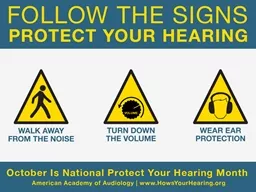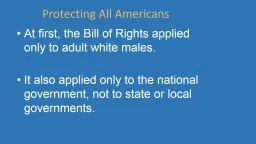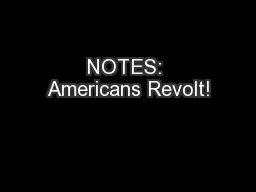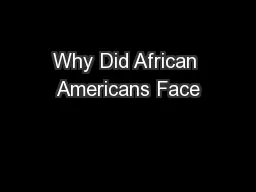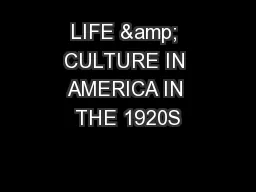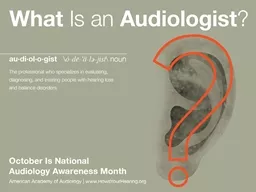PPT-Over 36 million Americans
Author : myesha-ticknor | Published Date : 2020-04-02
Suffer from Hearing Loss That is over 4 times the amount of people living in New York City As a member of this profession medical a physician must recognize responsibility
Presentation Embed Code
Download Presentation
Download Presentation The PPT/PDF document " Over 36 million Americans " is the property of its rightful owner. Permission is granted to download and print the materials on this website for personal, non-commercial use only, and to display it on your personal computer provided you do not modify the materials and that you retain all copyright notices contained in the materials. By downloading content from our website, you accept the terms of this agreement.
Over 36 million Americans : Transcript
Download Rules Of Document
" Over 36 million Americans "The content belongs to its owner. You may download and print it for personal use, without modification, and keep all copyright notices. By downloading, you agree to these terms.
Related Documents

